Run Flat Tires: Why You Should, or Shouldn't, Buy Them

Maybe you’ve been in this situation: stuck on the side of a road, a punctured tire needing to be changed out for the spare one in the trunk. You have a pair of options, do you choose to change the tire yourself, or do you call for roadside assistance. Both options can take a while to get you back on the road, especially if you’ve never changed a tire yourself before. And even if you have, sometimes it can take some serious elbow grease.
It’s dilemmas like these that have more car makers offering run flat tires on new cars. Run flats can run for at least 50 additional miles following a puncture, giving you the ability to safely get home, or exit a highway and find a repair shop.
What are Run Flat Tires?
Even though changing a tire is an important skill, the idea of run flat tires sounds pretty handy. The added benefit of losing the weight of a spare tire and tools could help with fuel efficiency too.
Even though run flat tires have been around in production vehicles since 1994, the adoption as a mainstream replacement for conventional tires has been slow for many reasons. Sheri Hermann, Communication Coordinator from Continental Tire tells us “run flat tires provide convenience to a consumer, but conventional tires are typically lower in cost and have better ride qualities.”
Another top complaint is in regards to price. On average, run flat tires are about one third more expensive than regular tires.
That’s not the only complaint though. While the reduced weight of carrying around a spare might seem like an advantage, run flat tires also have an impact on your fuel economy. Thanks to the tires being heavier and thicker they can reduce fuel economy by 1-2%. Also, due to the stiffer and heavier design, the run flat doesn’t quite perform like its price would indicate. They can often be harsh on the road and don’t provide a lot of grip in low temperatures.
Lastly, when you do get a puncture, or lose tire pressure, it’s not quite as easy to get them repaired. While some run flat tires can be repaired, they need to spend some time off the rim, and need to be inspected to ensure they can be fixed. If they can’t, it’s time to buy new tires. Conversely, most punctures on a conventional tire can be fixed with a simple repair kit that costs just a few dollars.
Despite these obstacles and concerns, run flat tires are increasingly becoming standard equipment on new cars and the reasons are simple: safety and peace of mind. Not only do run flats ease concerns, but they make a vehicle easier to control in the case of a tire blow out.
Why Are Automakers using them?
Monty Roberts from BMW Product and Technology communications tells us that run flat tires are standard on most BMW models with the exception of some BMW M Models. He said specifically that run flat tires have several advantages and that they “Support BMW’s EfficientDynamics Strategy by eliminating the extra weight of the spare tire, jack and tools in the vehicle for better balance, dynamic handling and fuel efficiency.”
When asked about the criticism of run flat tires Roberts said “run flat tires by their design do have stiffer sidewalls than conventional tires, however, all current BMW models that use run flat tires have suspensions that were significantly developed for use with this technology.” He added “These suspensions have been developed and tuned for the best possible ride comfort. The safety benefits of run flat tires are so significant as to outweigh any possible trade-offs.”
When asked if owners could or should swap out their run flats either when a replacement tire is needed or because they’re looking for added performance, Roberts was unequivocal. “We do not recommend replacing run flat tires with conventional tires,” he said, “that deviates away from the original design, safety and suspension calibration technology that the run flats were originally designed for.”
What are customers saying?
Even with tougher rubber, run flat tires do wear out quicker than regular tires. Many owners on the AutoGuide Forum Network complained that they were replacing their OEM run-flat tires within 20,000 miles. This prompted a lawsuit, which was settled by BMW and Bridgestone. Members of the settlement will receive a full refund for the purchase of replacement tires if they were needed before 10,000 miles. If replacement occurred between 10,000 miles up through 30,000 miles, reimbursement will be 50 percent or less. If buyers are experiencing wear at around 20,000 miles, that’s less than half the life of an ordinary tire.
Customers though, haven’t responded well to these types of tires. Honda has stopped offering the tires on its vehicles after settling a class action lawsuit last year. The owners of Acura’s RL, and Honda Odysseys claimed unreasonable tire life and unexpectedly high replacement costs.
Run flat tires may have their advantages, but it still seems like their many compromises are stopping the equipment from taking off. BMW and MINI vehicles get them as standard equipment, and owners (especially enthusiasts) are not happy with them. Vanessa Terrier from Bridgestone’s Communications team mentioned that “As of today, the run flat tire market is mainly driven by car manufacturers and original equipment.”
If you’re afraid, or uncomfortable with the idea of replacing a punctured tire with a spare, then the run flat tires are made just for you, but beware of the added costs of ownership. And if you’re convinced that the disadvantages outweigh the benefits, be weary of cars that come equipped with them from the factory, as a non-run flat replacement tire that was never designed for the car might bring with it unique disadvantages.
Become an AutoGuide insider. Get the latest from the automotive world first by subscribing to our newsletter here.
Best Tires to Buy List Released by Consumer Reports
Best All-Season, Winter Tires List Released
How Low-Rolling Resistance Tires Work

Sami has an unquenchable thirst for car knowledge and has been at AutoGuide for the past six years. He has a degree in journalism and media studies from the University of Guelph-Humber in Toronto and has won multiple journalism awards from the Automotive Journalist Association of Canada. Sami is also on the jury for the World Car Awards.
More by Sami Haj-Assaad




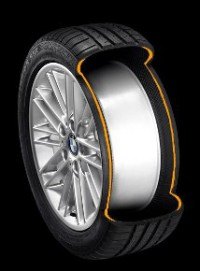















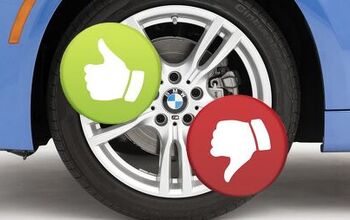
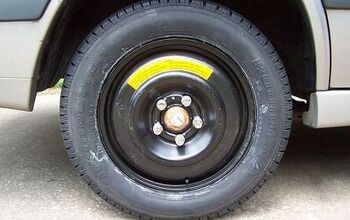
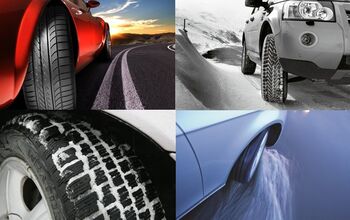
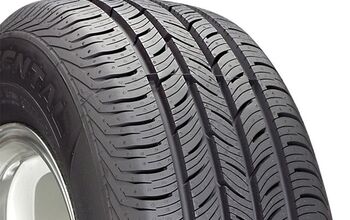



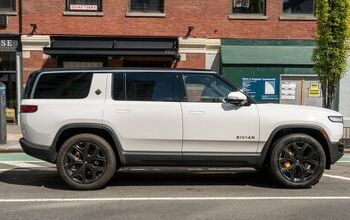
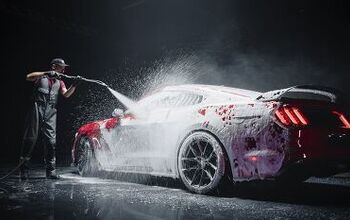






Comments
Join the conversation
Purchased a 2016 BMW 428 hard top convertible, with 11,500 mile . The road noise with the top up on some roads are really annoying. The salesperson tells me it is do to the tires. Has anyone one else complained about this?
Has anyone replaced run flats with regular tires? I have a 2013 BMW 328xi, all reviews of run flats suck. The current Continentals have 47k miles on them- not bad but I drive like an old lady. They're always losing pressure in the winter due to fluctuation in temp. I don't want to end up buying tun flats if I don[t have to. thanks